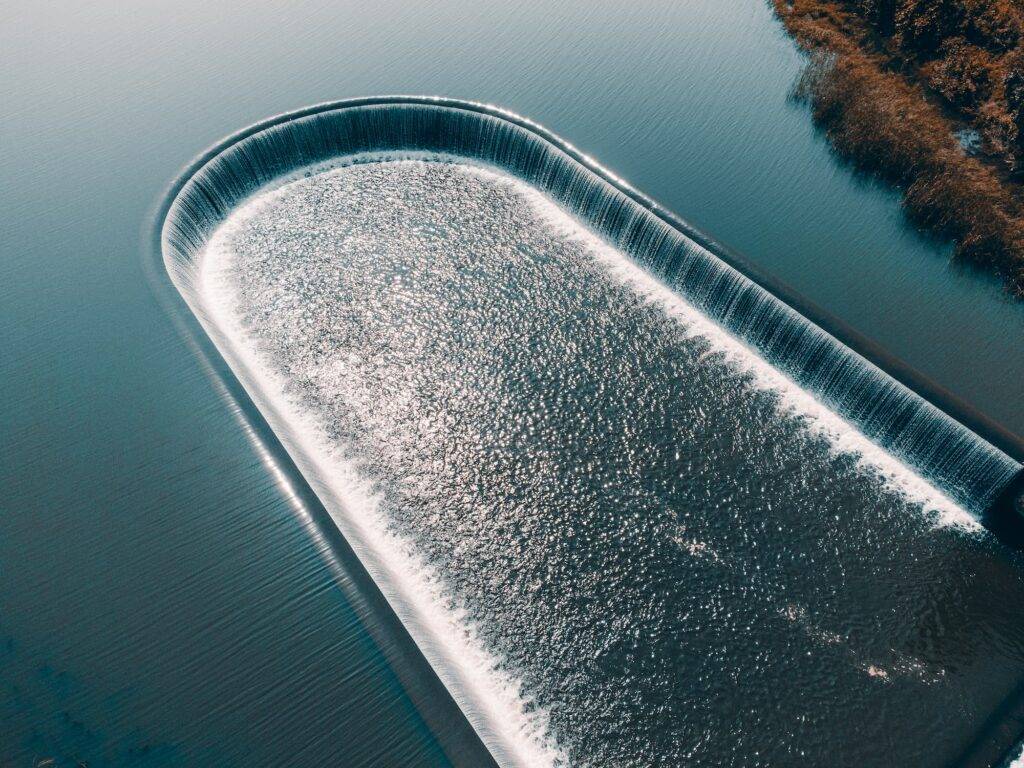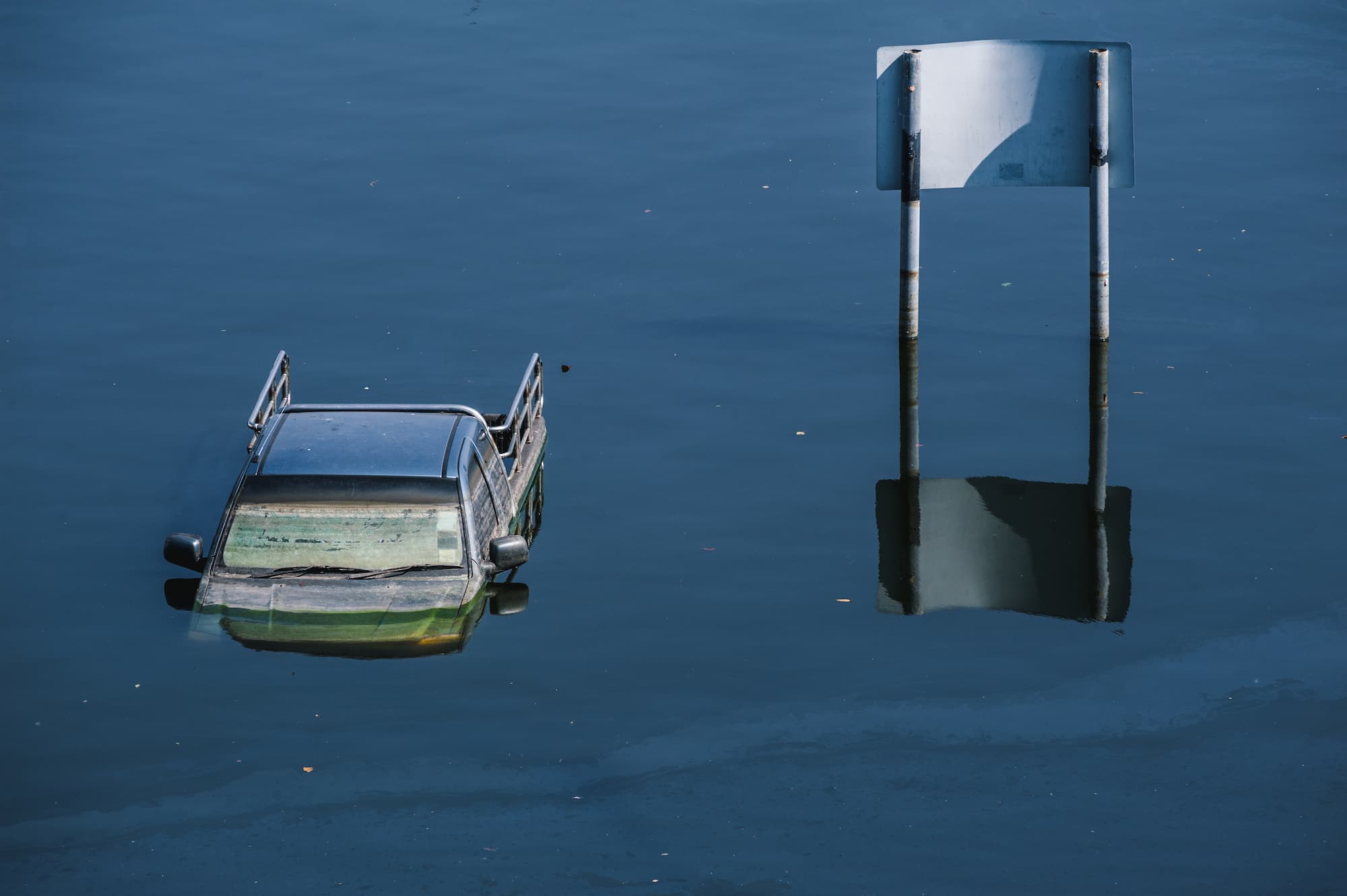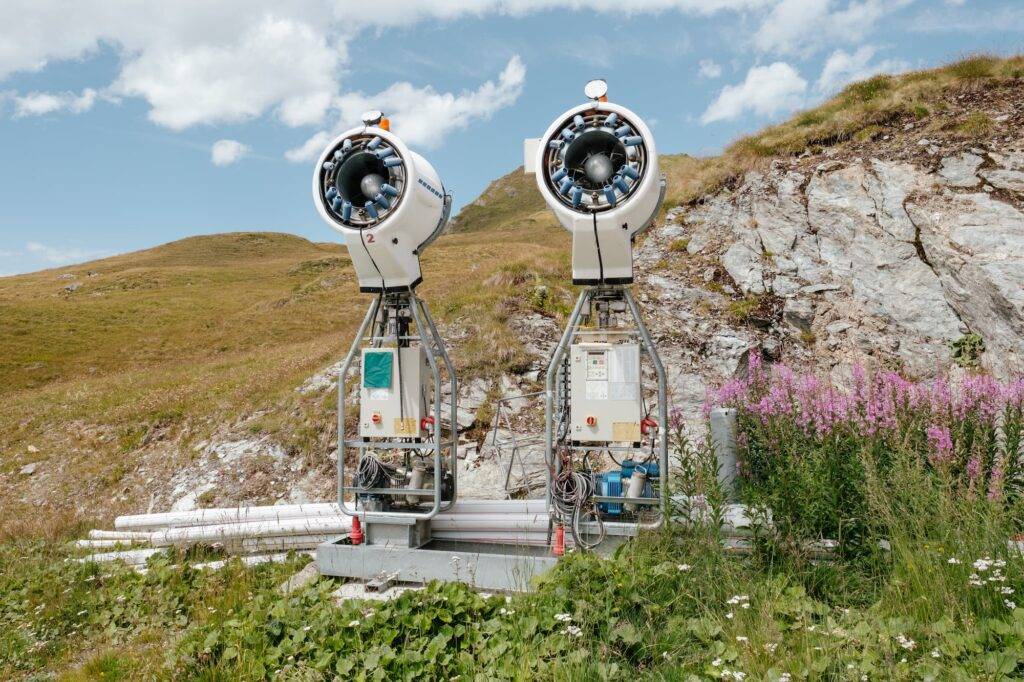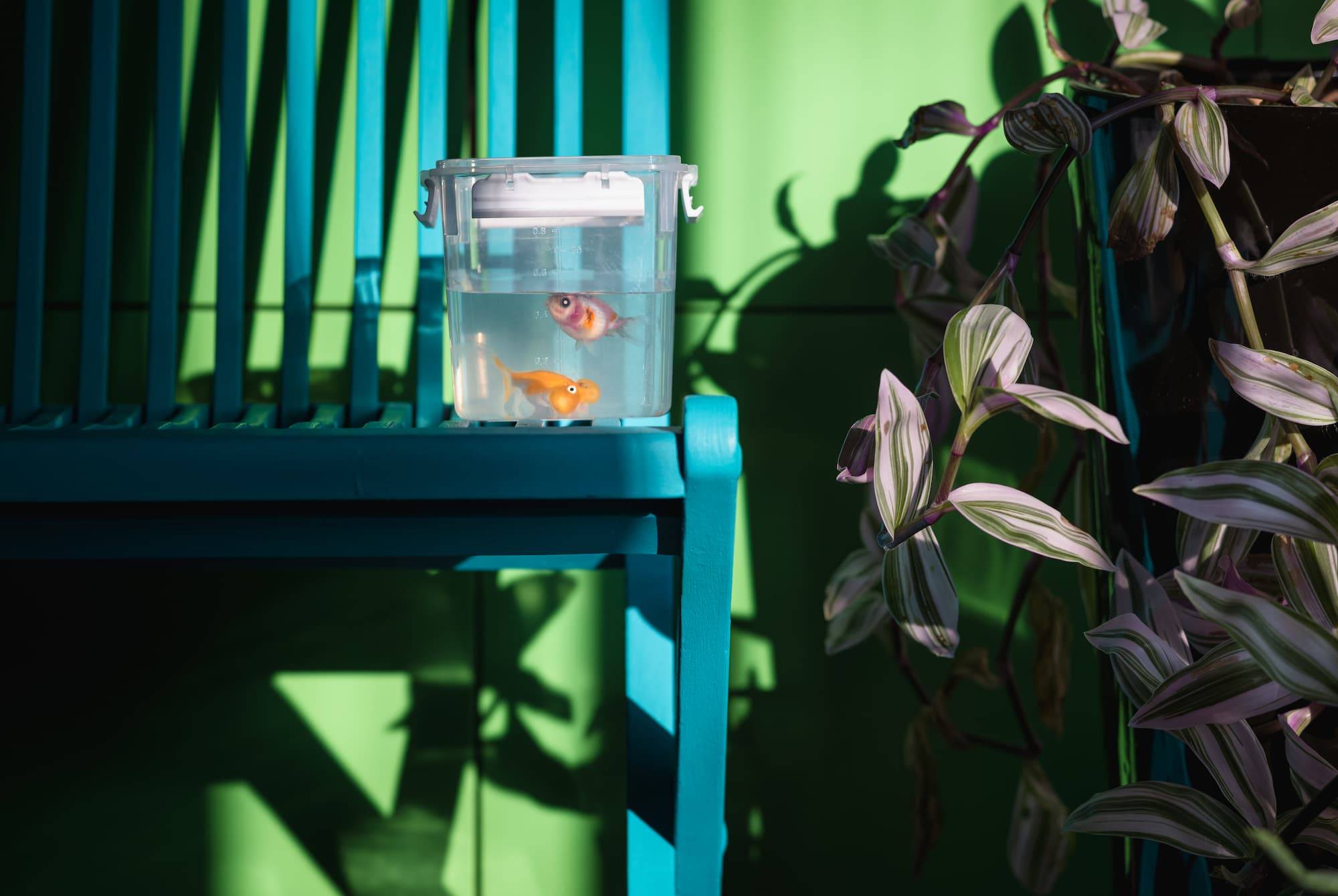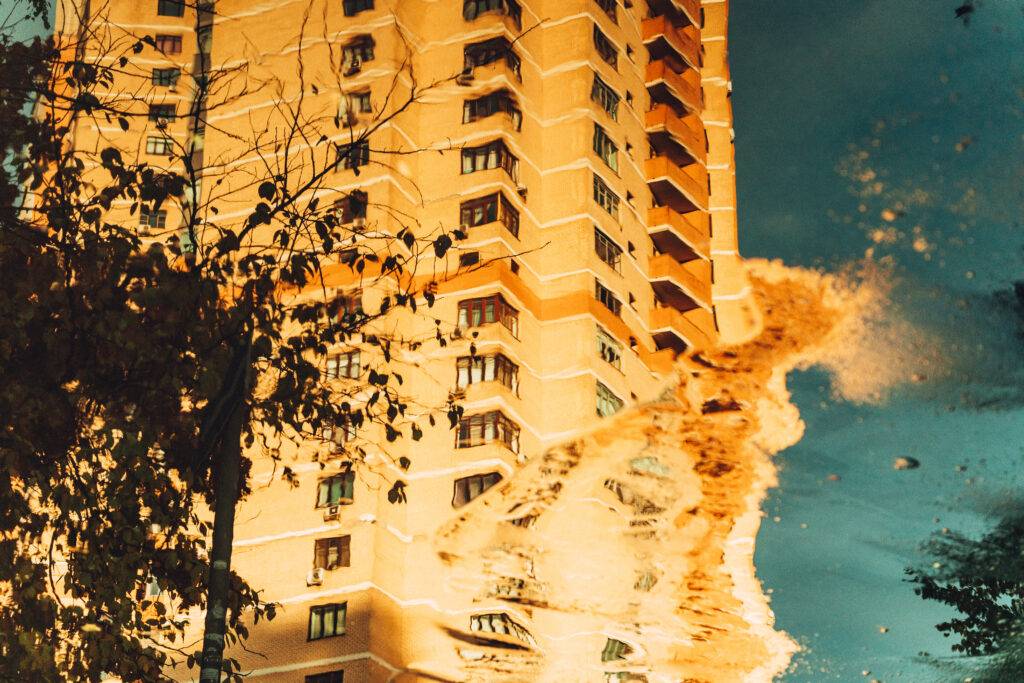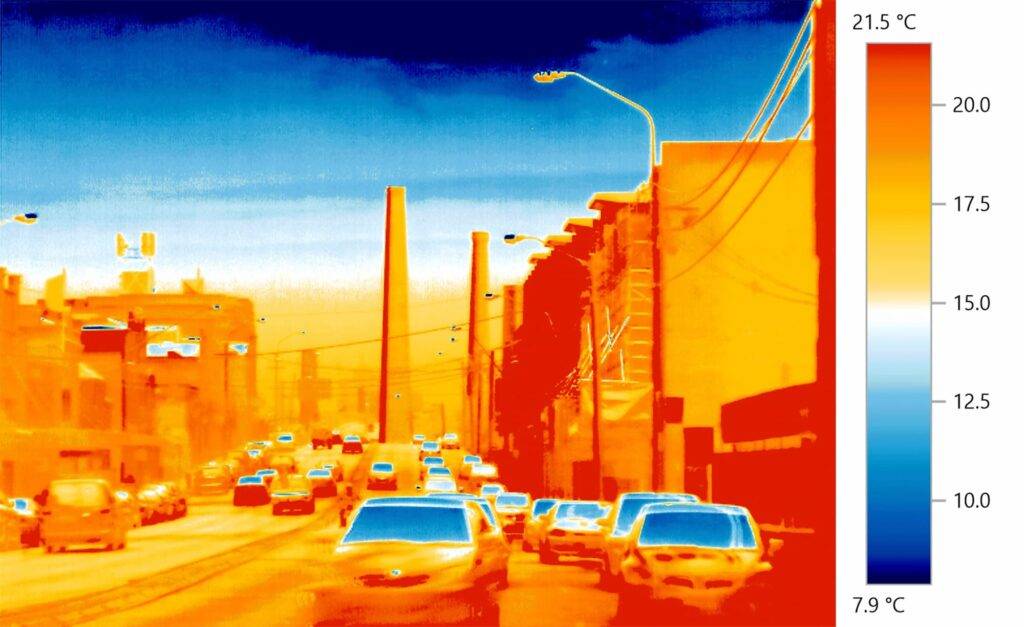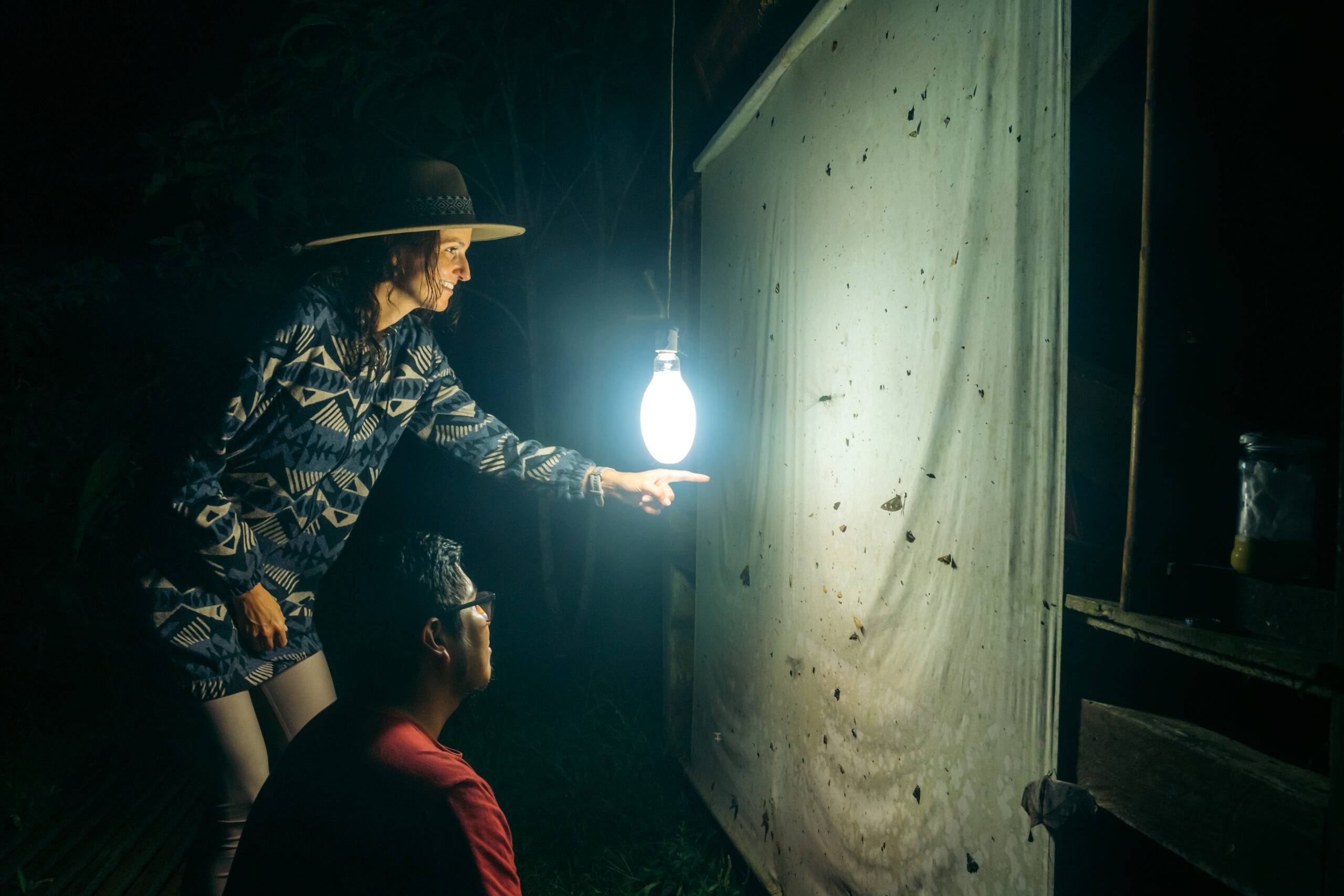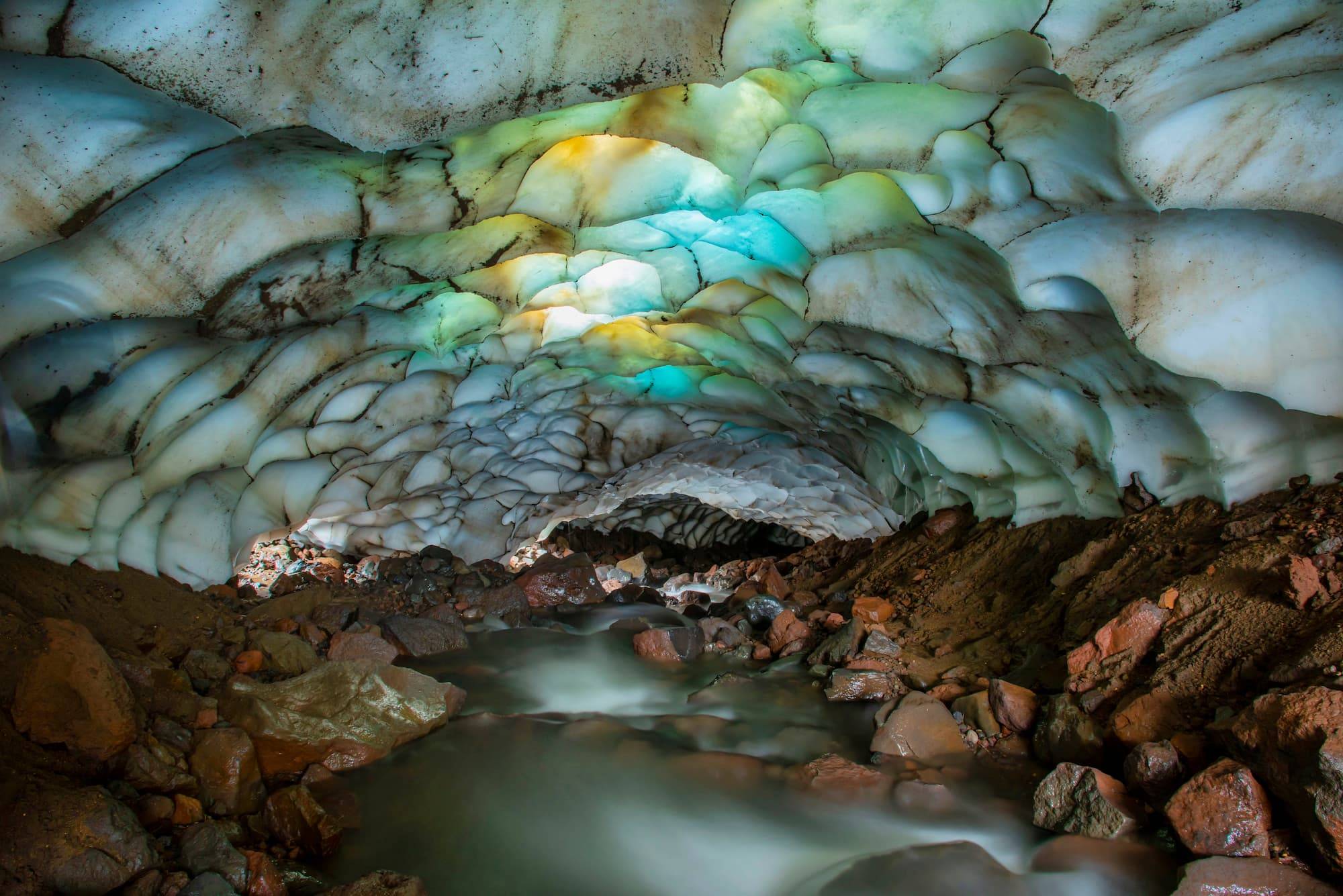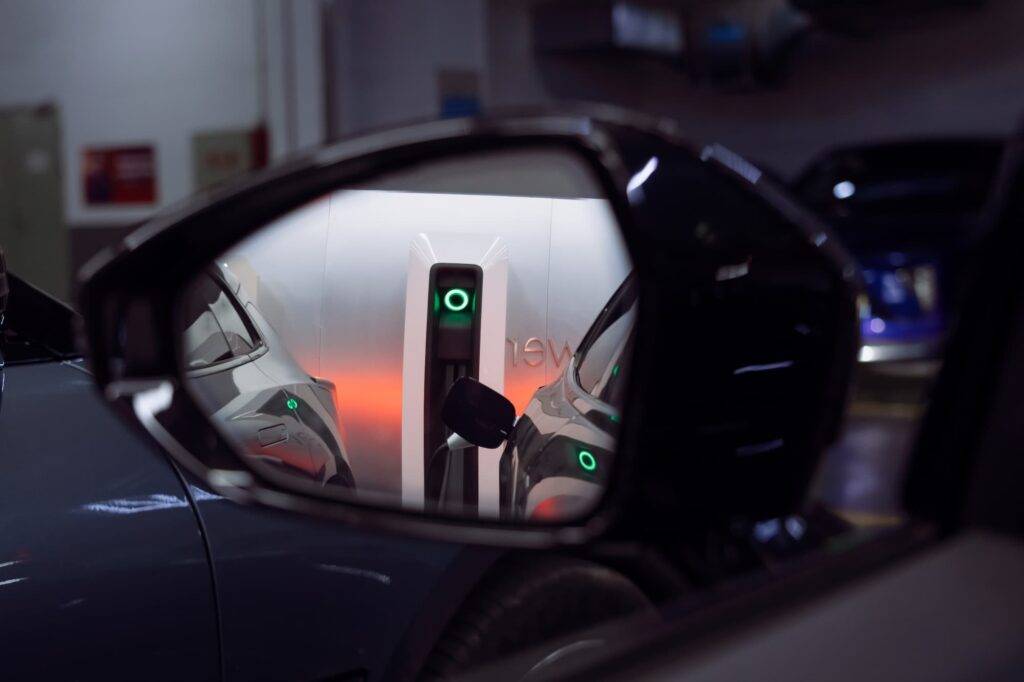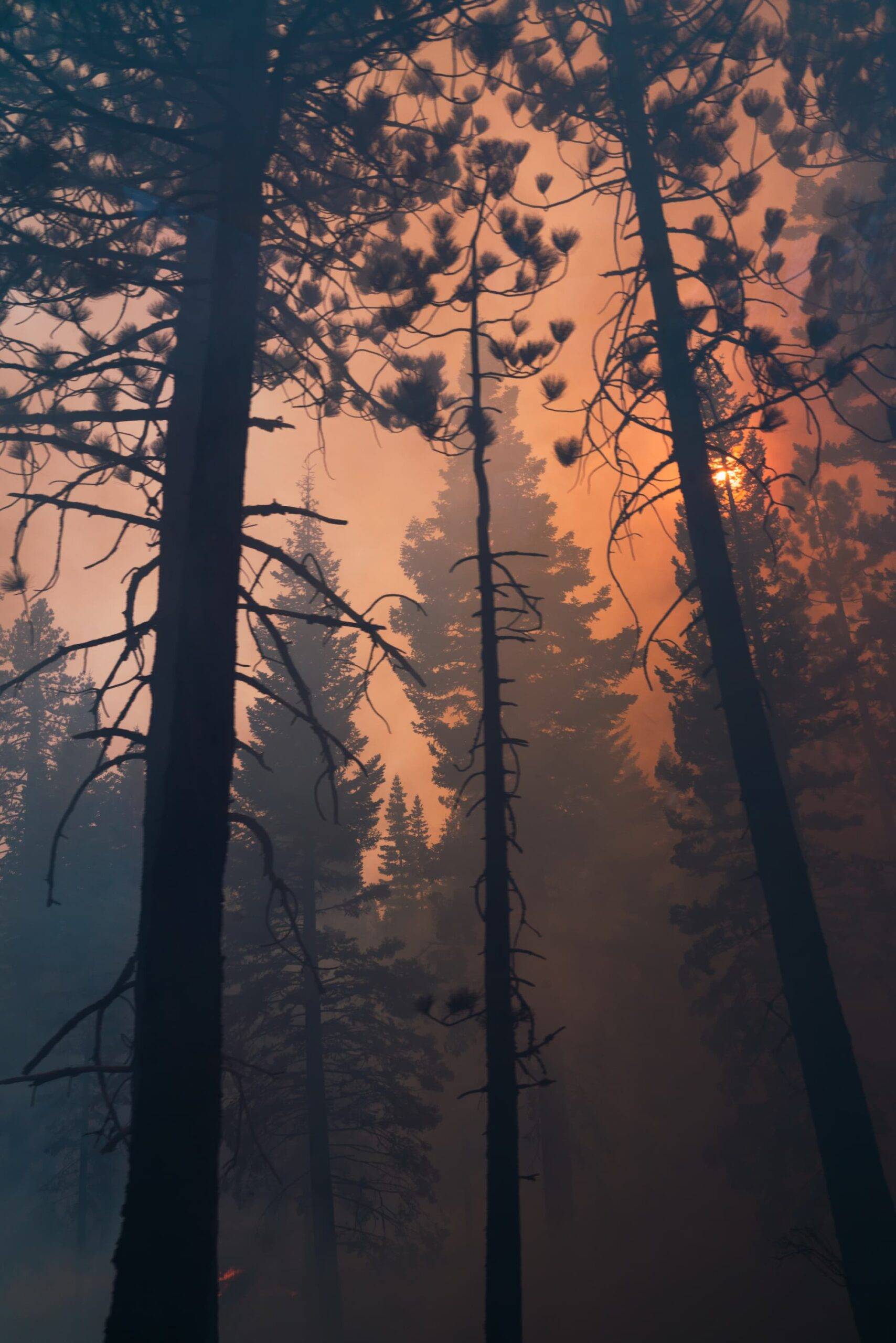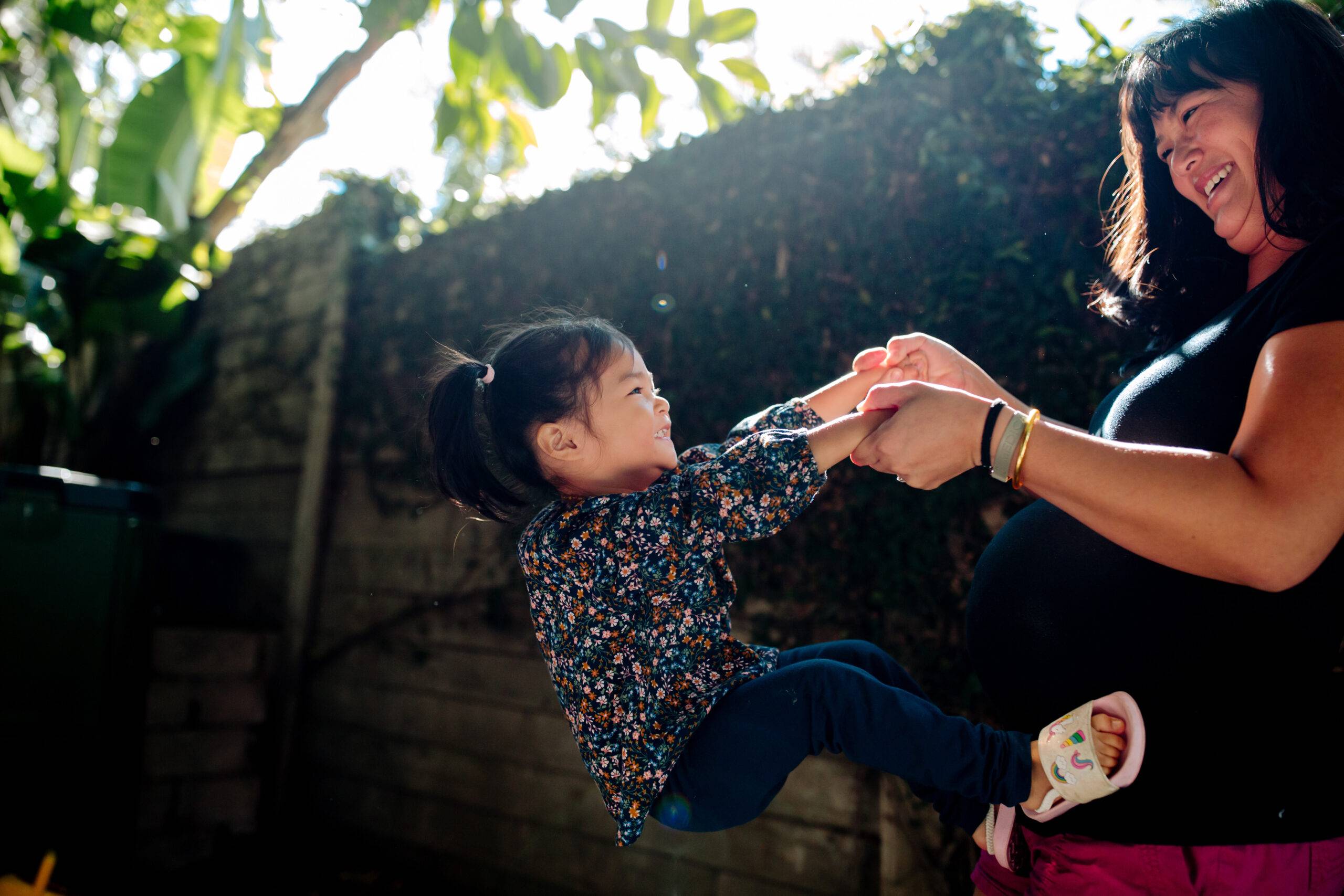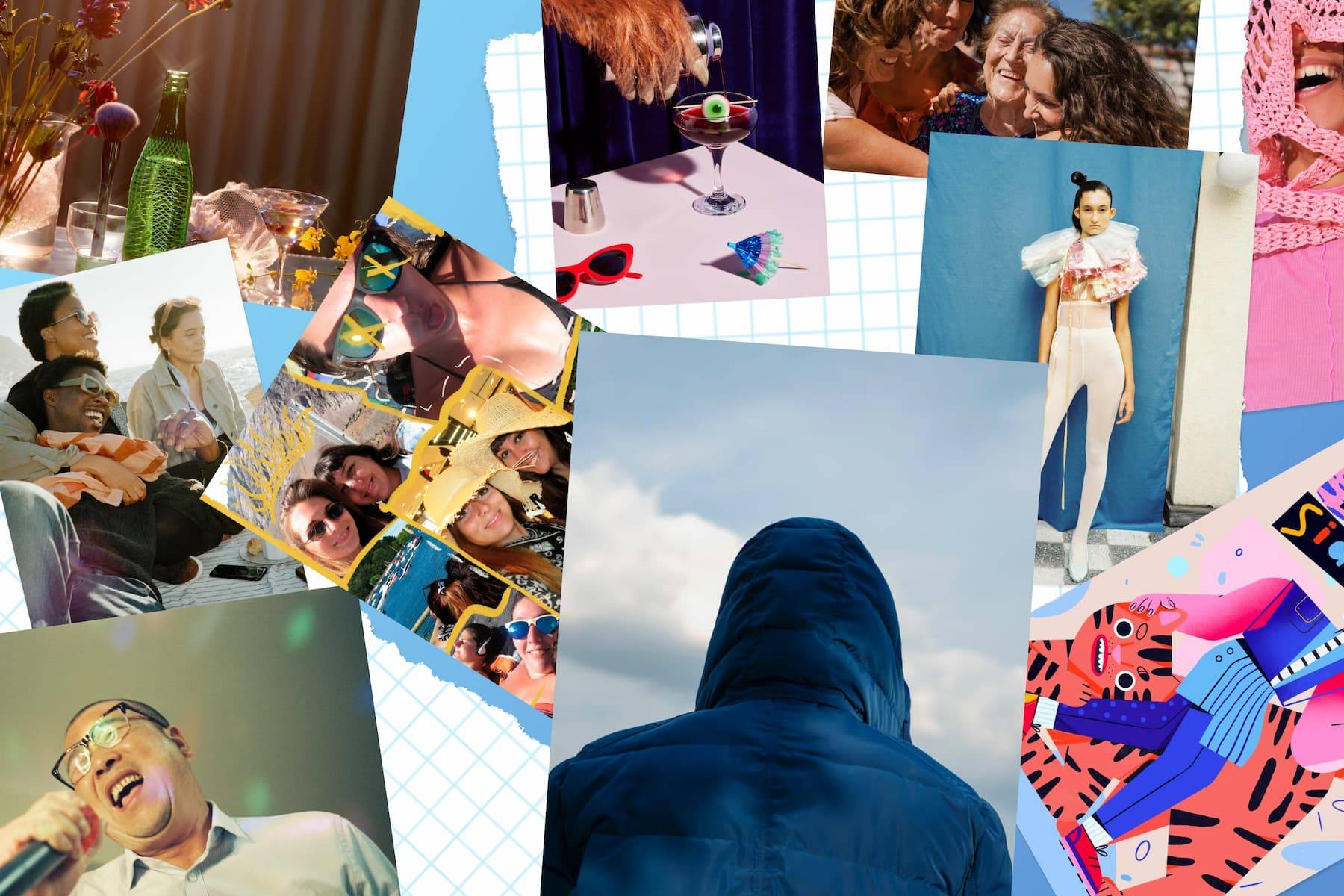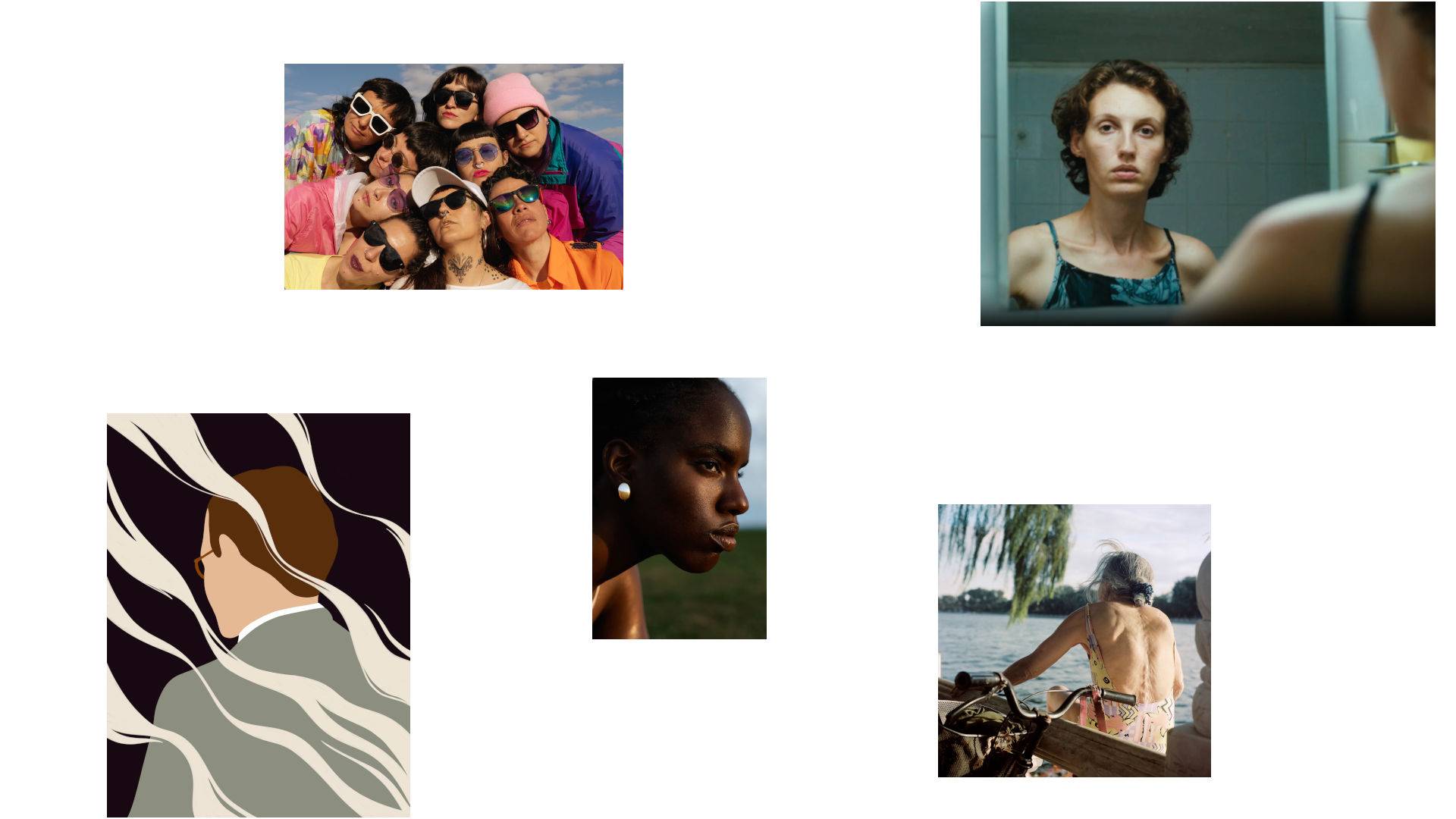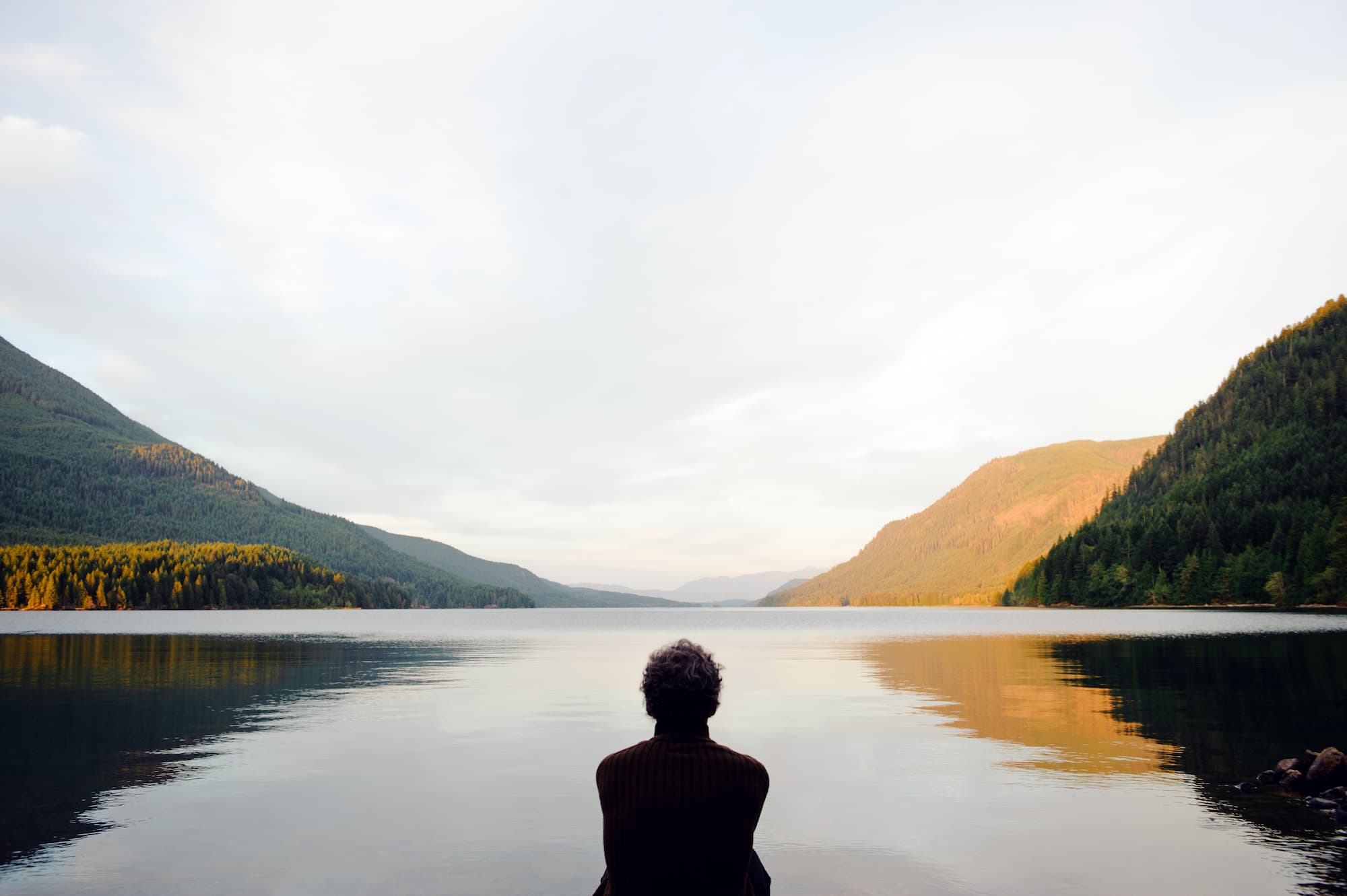A few years ago when we spoke of the climate crisis, we waffled between treating it as a current critical issue and a future conditional problem. When it would fully materialize and how it would first manifest, no one knew. We were generally aware that the issue was impending and existential, while life’s day-to-day demands felt more immediate and only distantly related.
In the wake of the tumultuous events of 2023 — a year marked by scientific prophecies hinting at the impending “Anthropocene” and bizarre, cataclysmic weather phenomena — humanity finds itself at a crossroads. How can visual creators authentically confront the pressing issues of our changing climate without resorting to tired, clichéd tropes that only serve to alienate and disengage audiences? We are all too familiar with these well-worn images: the desolate, litter-strewn beaches; emaciated polar bears desperately searching for sustenance; monumental glaciers calving into the sea; and the ominous specter of industrial smokestacks spewing pollutants into the atmosphere, all contributing to the portrayal of an apocalyptic sublime.
In this era of unparalleled environmental challenges, the task before us is to redefine our narrative and find fresh, resonant ways to convey the urgency of our situation. The natural world, as we once knew it, is undergoing a profound transformation, and so too must our approach to telling its story. We tend to look away because the problems bearing down on us instantly become too much — they are overwhelming, have too much magnitude, and are just…too…sad. We then react by making the problems overly abstract — not in terms of their reality but as they relate to the proximity and relevance in our daily existence.
What, then, is the path forward for brands and content creators seeking to inspire change? Is it to pivot towards celebrating the exquisite beauty of the natural world, to remind all of us what is at stake? It’s a tempting proposition, for there is no shortage of breathtaking landscapes and captivating creatures that deserve our admiration and protection. However, the allure of these lovely visuals may inadvertently obscure the enormity and immediacy of the challenges we face.
Consider the allure of pristine oceanic expanses, where crystalline waters meet untouched shores. These images, while undeniably enchanting, might inadvertently offer a soothing balm — a belief that vast, unspoiled wilderness still exists, untouched by the scourge of microplastics, the haunting presence of trash islands, and the relentless march towards mass extinction. Unfortunately, this is far from the truth.
The stark reality is that our world is in the midst of an ecological crisis of unprecedented proportions. The oceans, once seen as boundless and resilient, now bear the scars of human excess. Microplastics infiltrate even the most remote waters. Trash islands, monuments to our disposable culture, serve as glaring reminders of wasteful habits. And the specter of mass extinction looms ominously, as countless species teeter on the brink of annihilation.
What does it mean to use engaging and innovative visuals that “aestheticize” climate issues? How can we turns the very subjects and objects of climate-related discourse into conceptually or formally interesting photos, videos, and illustrations?
These are important questions. We don’t have all the answers but we can offer a guide for progressive ways to visualize climate concerns in today’s media. Climate change photography has the power to be a force for change if we break free from the constraints of uninspired convention.
Expanding Perspective
Instead of the typical images of melting glaciers, we can turn the lens towards lesser-explored subjects. Show the effects of climate change on everyday life – from urban landscapes to rural communities— that showcase the subtle yet profound ways in which the Anthropocene era is reshaping our world.
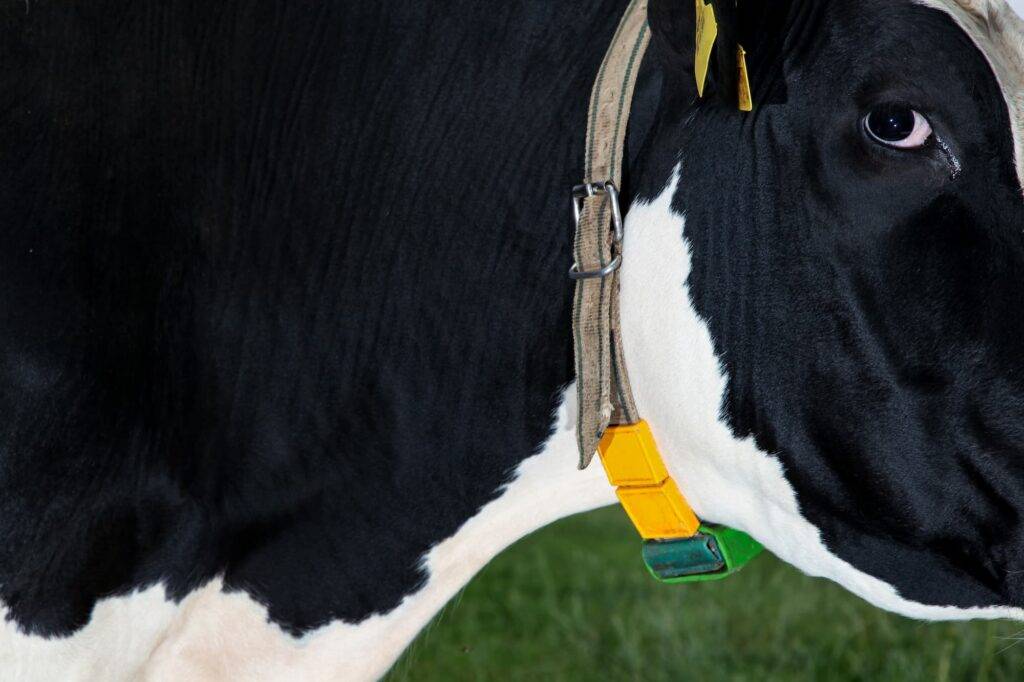
Breaking the Mold
The conventional climate change narrative has often centered around fear, loss, and impending disaster. While these aspects are important to convey, they can contribute to the desensitization and apathy we sometimes feel when confronted with repetitive imagery. The key to grabbing attention lies in adopting a fresh approach that communicates a juxtaposition between industry and nature without catastrophizing it.
Artistic Interpretation
Explore thought-provoking and visually innovative photos and footage of climate change. Try taking a climate-related theme into the conceptual realm for more inquisitive moments. A unique perspective can breathe new life into the narrative and evoke connections or emotions that traditional commercial or documentary perspectives might not.
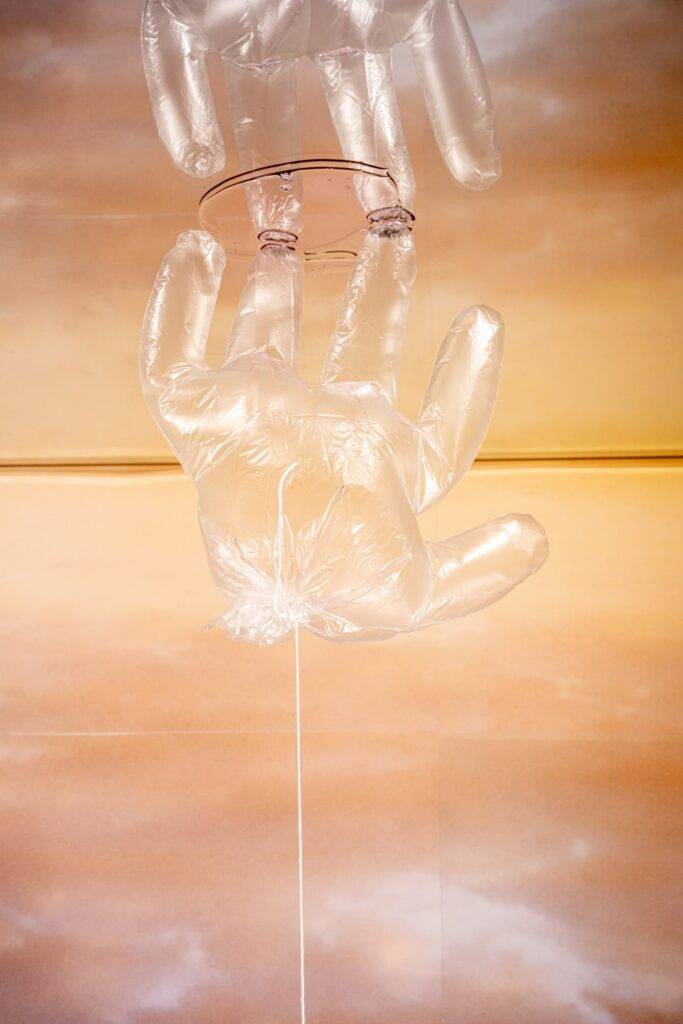
Human Stories
To engage the audience emotionally, focus on the people who are directly affected by climate change. Share their stories through powerful portraits, candid shots, and photographs that capture the resilience and adaptability of communities in the face of adversity.
Metaphorical Imagery
Use metaphors and analogies to paint a vivid picture of the interconnectedness between humans, nature, and the climate. Visualize climate change as a thread that weaves through the fabric of our lives, emphasizing the need for collective action.
Dynamic Composition
Try experimenting with composition to illustrate the duality of human impact on the environment. Play with contrasts, reflections, and juxtapositions like destruction and innovation or despair and hope. These oppositions can develop intriguing visual narratives that set climate change reflections apart.
Data Visualization
Presenting data doesn’t have to be boring. Transform complex information into dynamic and interactive visuals that allow viewers to engage with the data on a personal level. Illustration and animations can be powerful tools in conveying the urgency of climate change.
Reimagining the Narrative
Instead of portraying climate change as a linear progression towards catastrophe, consider shaping the narrative as an exploration of our role as architects of disruption and change. Highlight the dichotomy of human impact on the environment by showing the advancements and innovations that have led to environmental degradation, but also emphasize the potential for those innovations to drive positive change.
Industry and Creativity
Explore the intricate relationship between industry and creativity in the context of climate change. How can industries harness creative solutions to minimize their carbon footprint? How does art play a role in raising awareness and inspiring action?
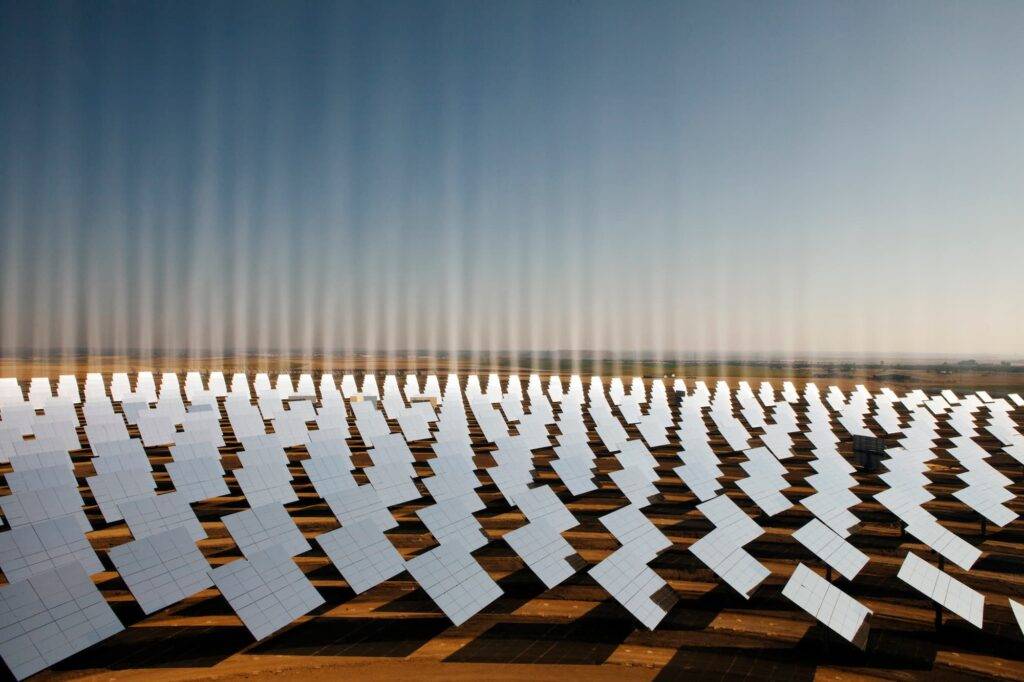
Climate change is a complex challenge that requires multifaceted solutions. By adopting innovative approaches, shifting perspectives, and embracing the complexity of the Anthropocene era, photographers can contribute to a visual dialogue that resonates deeply with even the most apathetic audiences. From human stories to data-driven visuals, the possibilities are endless.
This is not merely about capturing the grim reality; it’s about illustrating the interconnectedness between humanity and the environment and showcasing the potential for transformation. Through our lenses, we can tell the story of this influential era that compels action, encourages empathy, and inspires a collective commitment to conscious consumption.
As architects of our own destiny, let’s challenge ourselves to step out of the comfort zone of predictable imagery and embark on a journey of narrative reinvention for a greener and more sustainable future.






